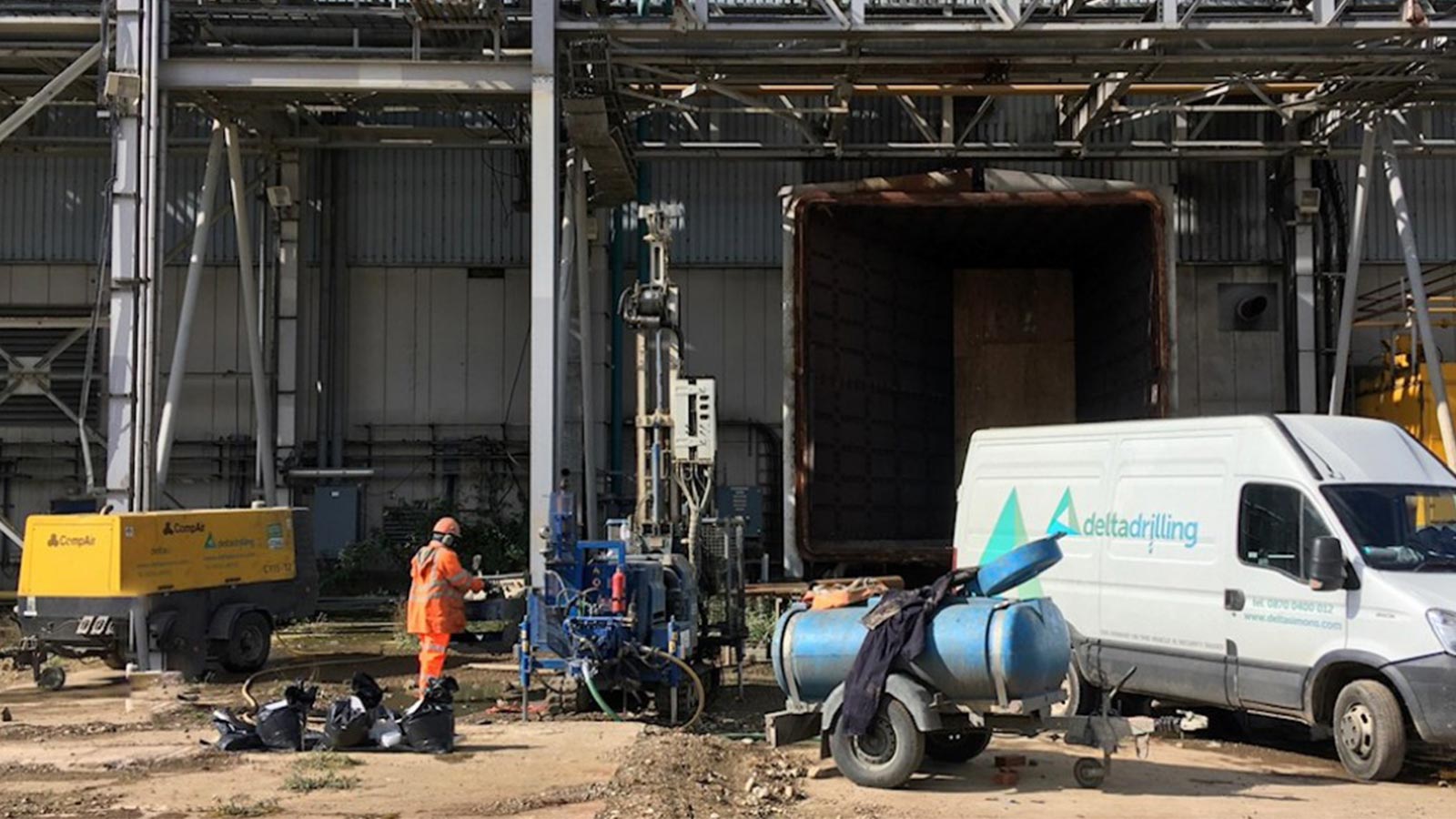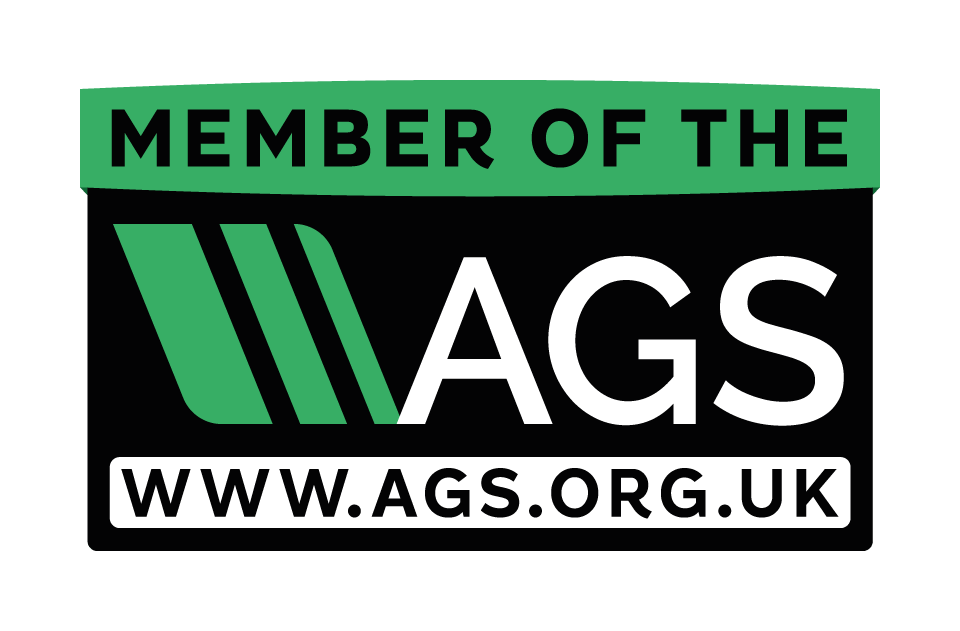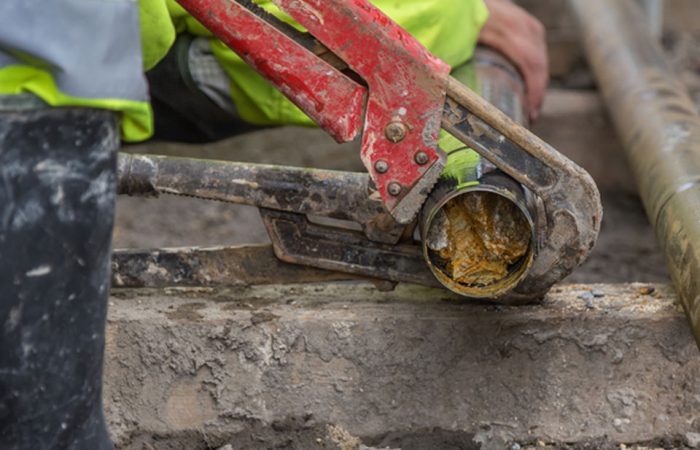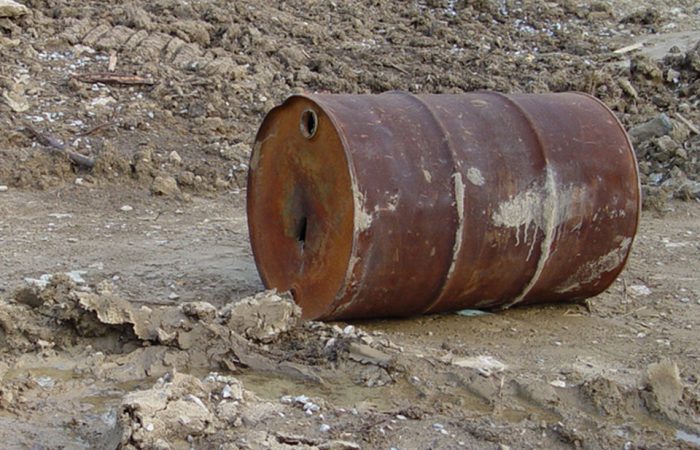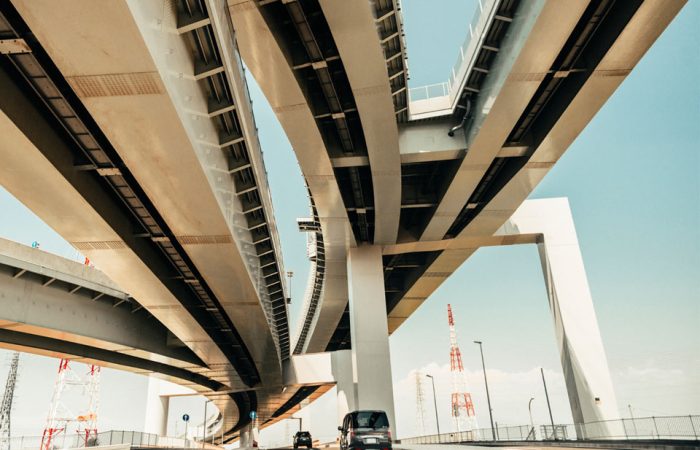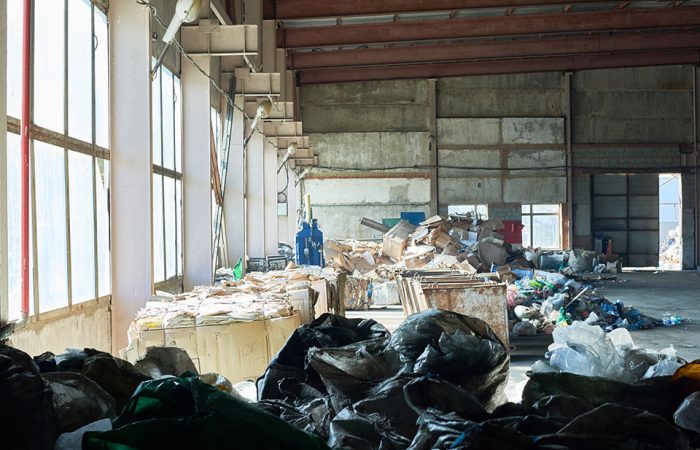Identify and manage ground gas risks with Lucion’s expert assessment services. Our comprehensive investigations and monitoring solutions provide the data and insights needed for effective risk mitigation and regulatory compliance.
As a property developer, site owner, or environmental manager, you understand the importance of identifying and managing the risks associated with ground gases. Whether derived from natural sources like peat and alluvial deposits or man-made sources such as landfills and industrial sites, ground gases can pose serious threats to human health, property, and the environment. Lucion’s expert ground gas assessment services provide you with the comprehensive solutions you need to assess, quantify, and mitigate these risks effectively.
Our team of experienced environmental scientists and engineers work closely with you to understand your specific needs and objectives. We employ a range of proven techniques to investigate and characterise ground gas conditions, including desk studies, site investigations, gas monitoring, and risk assessments. By developing a thorough understanding of the site-specific conditions, gas sources, pathways, and receptors, we provide you with the data and insights needed to make informed decisions and develop effective risk management strategies.
Whether you are dealing with a planning condition, a regulatory requirement, or a due diligence investigation, Lucion’s ground gas assessment services are tailored to your specific needs. We provide you with the expertise and tools necessary to identify and quantify ground gas risks, ensuring compliance and enabling successful project completion.
Lucion’s ground gas assessment services help you:
- Identify and characterise potential ground gas sources, including landfills, made ground, infilled land, mine workings, and organic-rich deposits, through comprehensive desk studies and site investigations.
- Quantify ground gas risks to specified receptors, such as buildings, utilities, and site users, through detailed monitoring and risk assessment programs that consider worst-case scenarios and weather effects.
- Develop effective risk mitigation strategies, including source removal, pathway interruption, and receptor protection measures, to reduce ground gas risks to acceptable levels and ensure the safety of your development.
- Demonstrate compliance with planning conditions, regulatory requirements, and industry best practices through robust data collection, analysis, and reporting, supported by our team of qualified and experienced professionals.
- Gain stakeholder confidence and approval by providing clear, defensible, and actionable information on ground gas risks and mitigation measures, supported by our expertise in risk communication and regulatory liaison.
Our ground gas assessment services deliver clear, detailed reports that present the findings, conclusions, and recommendations you need to make informed decisions and take effective action. We provide you with expert advice and support throughout the entire process, from initial assessment to final mitigation and verification, helping you navigate the complex technical, regulatory, and commercial landscape of ground gas risk management.
By partnering with Lucion for your ground gas assessment needs, you can have confidence in the scientific rigour, practical focus, and value-added solutions we provide. Our services help you protect human health, property, and the environment, while minimising project delays, costs, and liabilities.


